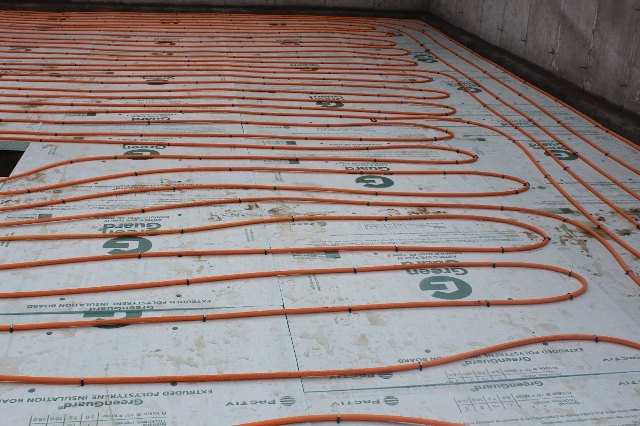 Heating ones house via radiant heat has been around for over 5000 years & is generally credited to the Koreans with their “ondol” system and is still in use today. The genius of this system & the later “hypocaust” systems developed by the Romans is that one heated one’s whole house from under the floor & due to the stones it could hold that heat & transfer it out evenly over a long period of time (even after the fire went out). In 1905 a certain architect named Frank Lloyd Wright who was visiting Japan learned of these systems, modified them & started to incorporate these principles into his projects thus bringing us Radiant Hydronic floor heating.
Heating ones house via radiant heat has been around for over 5000 years & is generally credited to the Koreans with their “ondol” system and is still in use today. The genius of this system & the later “hypocaust” systems developed by the Romans is that one heated one’s whole house from under the floor & due to the stones it could hold that heat & transfer it out evenly over a long period of time (even after the fire went out). In 1905 a certain architect named Frank Lloyd Wright who was visiting Japan learned of these systems, modified them & started to incorporate these principles into his projects thus bringing us Radiant Hydronic floor heating.
With that in mind, I am going to turn the rest of this piece over to Todd Vendituoli who has his own great blog called The Building Blox which I highly recommend checking it out. Some of you may remember him from the great piece he did for us earlier in our Going off the Grid Series on Water. In this piece Todd is going to show us a project he is currently working on which involves Radiant Hydronic Heating, his experience, benefits and costs compared to conventional heating systems. So with no further ado….
The present home that we are doing is going to be heated with radiant hydronic heating. If one is installed correctly the benefits of radiant heating is a wise investment that will last for years to come, but first let’s take a look at the basics of installing one. It’s a very simple system that in our case involves laying the lines in concrete & allowing them to heat the thermal mass of the concrete.
As you can see in the photos (above & below), there is a layer of rigid insulation applied so that the heat can be transferred above into the concrete and not below into the sand. The pattern is relatively simple. You start at the value with one end of a 300’ length of tubing and weave it back and forth so that at the other end you are again back at the value. Not really hard and you end up with a long closed loop.
Concrete is then poured on top of this and this gives us our thermal mass that will hold and transfer the heat out.
So how it works is simple, the thermostat says that the room needs to be warmer so a circulating pump starts and pushes the water that has been heated into the tubing forcing the cooler water that has been in the tube back to be re-heated and this continues until the concrete has gained enough heat. Once that happens the thermostat tells the circulating pump to turn off and the radiant heat from the concrete continues to release its heat until the process needs to be restarted.
Heating options:
Now there are many ways to heat the water and I have used a Polaris hot water heater that is stainless steel and 98% efficient. It is run on propane or natural gas and isn’t like a standard hot water heater as it has to provide a very quick heating return. Just think if you’ve had too much company and with your standard water heater by the 4th of 5th shower, the water is cool at best. That wouldn’t work for heating almost a quarter mile of tubing or more.
In this project we will be trying something new and using a large propane fired on demand hot water system. The water will only be heated as it’s needed. The unit itself is about half the cost of the Polaris but it’s not quite as efficient so I’ll have to check back with you later when the results are in but I think the savings will be worth it.
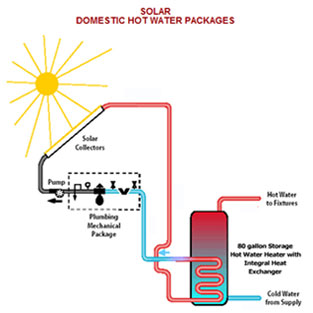 You could also add solar panels to provide the heating element and thus cut down on your fuel requirements and only use the fuel component when required such as on cloudy days.
You could also add solar panels to provide the heating element and thus cut down on your fuel requirements and only use the fuel component when required such as on cloudy days.
Not Just For Slabs:
Now in the house we are working on, there will be also radiant heat in the slab as shown above, that will be the heat for the basement area. We are also installing radiant tubing in the floor joists that will provide the heat for the first floor. The floor joist bays will also be insulated to make sure that the radiant heat is only transferred up into the living space and not into the basement below.
Efficiency:
Is it an efficient method of heating a home? Absolutely and the saving for using it in a new well-built and insulated home are substantial. Our last home was 2200 SF in Northern Vermont and we kept the temperature at 74 F all winter- propane cost including backup generator, water heater and gas range came out to around $800-1000.00/year. That adds up to quite a savings in our area.
Costs & Other Benefits:
Is it cheaper to install than a conventional furnace? I would say it would depend on your labor costs in your area. The actual components are less but there is a bit of time needed to install them all. It is a relatively simple system with few components that can fail over time, and if one of the mechanically parts does fail it is an easy fix. Granted it does depend on the size of the home you are installing it in, what accessories you add such as solar panels, the climate zone, and the insulation levels of the home.
One other thing that is a real plus that I hadn’t mentioned before is that there is no air blowing or circulating around as with other systems which is a great benefit in itself. This also means there are no ducts to collect dust and blow them around and it is better for breathing quality within the home.
I really can’t think of any negative aspects except for the initial cost. Now it will depend on your particular climate but in almost every one excepting the farthest south, radiant heating would be a wise choice due to the longevity of the system, efficient use of fuel and a level of comfort that other systems would be hard pressed to compete with.

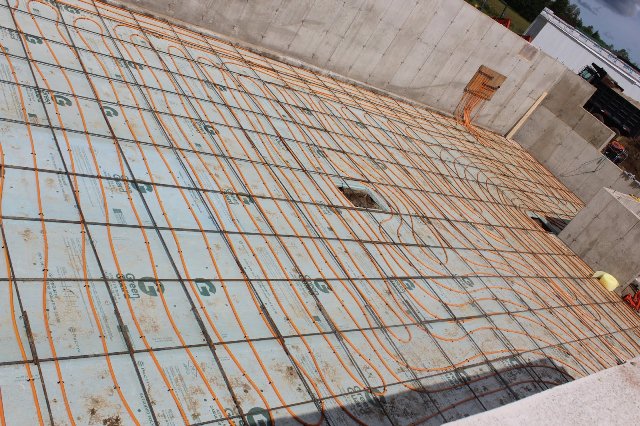
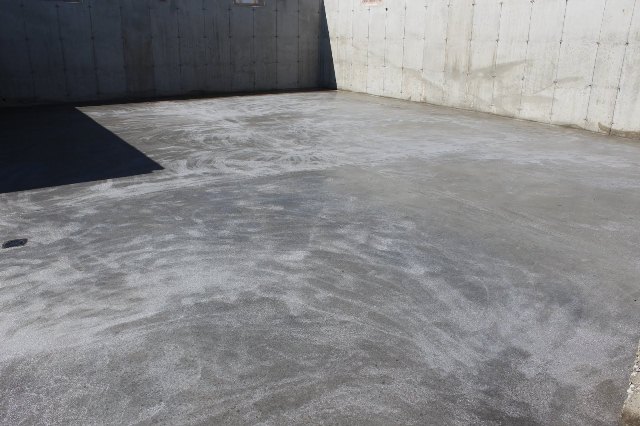
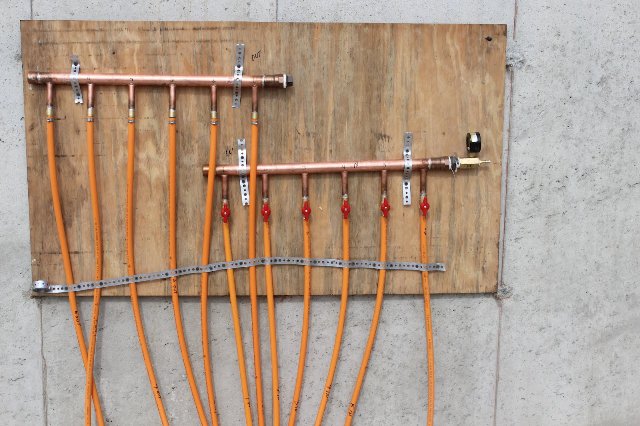

There was a recent article on Green Building Advisor where they argued that radiant isn’t a good solution for a new tight home because it would hardly ever run and you would never get the warm toes feeling. Of course I can’t seem to locate the article now.
Good evening Jeff & we actually touched on that in our last piece: https://thehtrc.com/2012/common-sense-building-bandwagons & I am going to deal with that some more in the next article. Like everything, the answers depend and one needs to analyze what they are doing, want to do, etc… Thanks for jumping in & hope to hear more from you
There was a recent article on Green Building Advisor where they argued that radiant isn’t a good solution for a new tight home because it would hardly ever run and you would never get the warm toes feeling. Of course I can’t seem to locate the article now.
Good evening Jeff & we actually touched on that in our last piece: https://thehtrc.com/2012/common-sense-building-bandwagons & I am going to deal with that some more in the next article. Like everything, the answers depend and one needs to analyze what they are doing, want to do, etc… Thanks for jumping in & hope to hear more from you